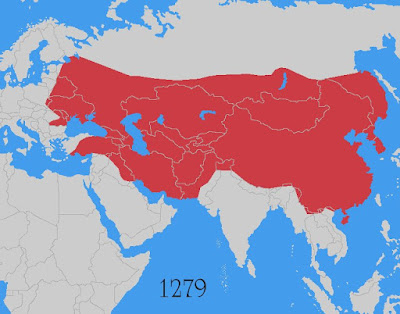Invention of the Masses: The Consequences of the Industrial Revolution

Today, we are going to talk about how the capital and capitalism were originated, the human accumulations in the cities, in which circumstances did the commerce emerge, as well as how it was found out that the exploitation of other human beings could be a very profitable activity. We are going to walk through all the moments and circumstances when the urban population exploded, along with the technological revolution in the 19th century, and the new philosophical notions which started to value the human being as part of a social mass. Gin Lane - William Hogarth, 1751





